How to Make Windows 10 Run Faster
Under the generic statement,” My computer is slow, can you make it run faster?”, there are several assessments a computer technician has to make. Usually, clients do not describe what is slow for them, but they just explain their frustrations as users. In a business environment, tech support does not spend a lot of time asking users what’s wrong with their computers because IT has already an inventory of all the programs that are installed, and they know the age of the machine they are dealing with. In a small business or home environment, however, things are different and IT consultants do not support the business network with the same frequency of a larger corporate network.
The main distinctions that I would like to make in this introduction is the following:
- There are computers that are born to be slow because when they were purchased, they were bought without the advice of a computer consultant. For example, a client of mine in Westchester county has bought in 2019 a Dell all in one desktop with a Pentium processor and a spinning mechanical hard drive. The computer runs Windows 10. Over the past year, the computer has become very slow because the hardware configuration of that computer has a slower computing power. After all the Windows updates and the system patches, I solved the issue by cloning the hard drive to a faster SSD.
- There are computers that were born fast but over time become slow because of aging and the number of programs that run in the machine. For example, if a user originally bought a Windows 10 computer with a Core I7, 16 GB of Ram and a fast SSD or NVME, that machine can become slower if he/she uses the computer for video editing or for coding because of the resources that those programs take out of the machine. And if we also compound the heavy programs with Windows updates and other patches that get installed over time, the machine that was once fast will become slow if user does not take action on time.
1- REMOVE IRRELEVANT STARTUP PROGRAMS
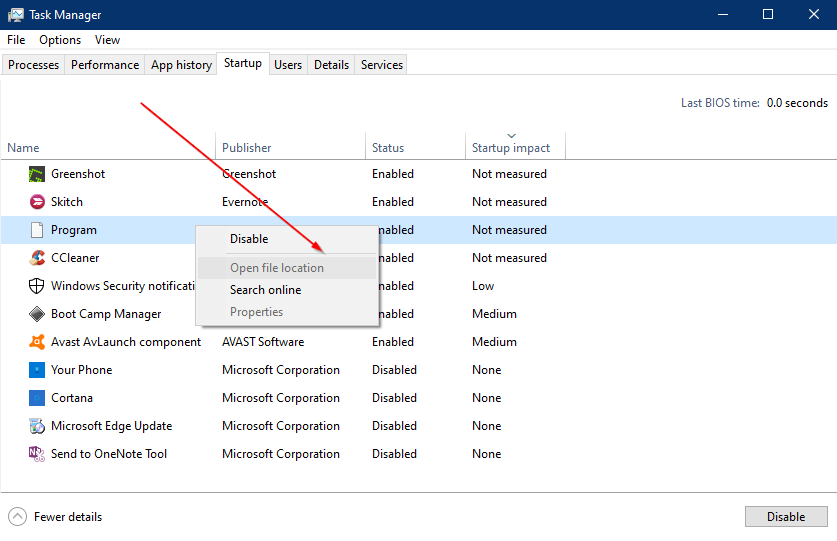
One of the issues that makes computers run slow is the length of time when it boots up. Therefore, one of the first things to do is to offload the booting process of the computer. Go to the taskbar and right click. Select Task Manager. When the task manager window opens, hit More Details at the bottom of that window. A larger task manager window will show a list of the running programs. Head over to the Startup tab. The Start up tab will display the programs that boot up as soon as the computer is turned on. To disable a program from the startup,, select the program and click disable at the bottom right of the window. Reboot eh computer for the changes to take effect.
2- REMOVE PROGRAMS THAT YOU DON’T NEED NOR USE
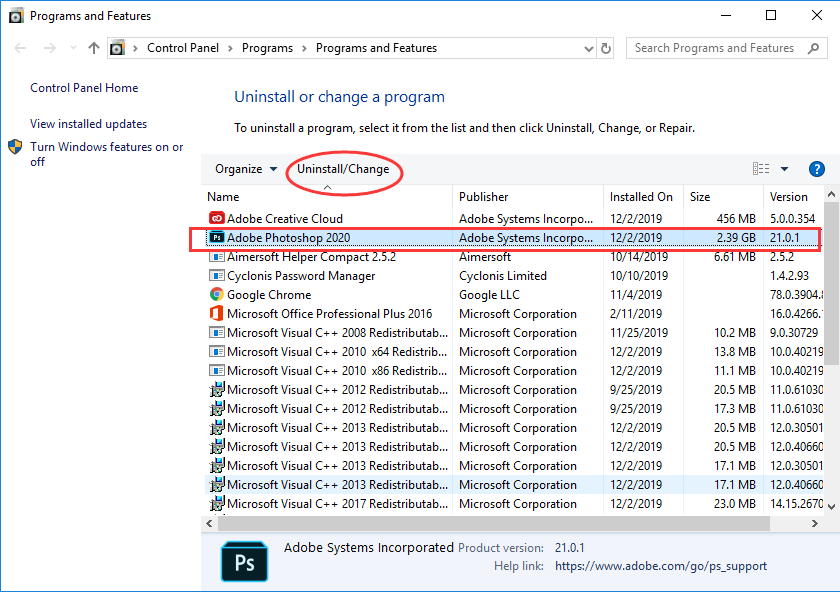
There are programs such as Microsoft teams or Skype that runs at the startup but that some users do not use at all. In the age of Zoom, not many users are using Teams. If you don’t use teams and Skype, remove those programs because these resources begin working when the computer is turned on. Keep only the programs you need and use on a daily basis. There are two ways to uninstall unneeded programs on Windows 10:
A) From the control panel by going to the search bar and typing “Control panel”. Once the windows shows up, you just select the program you don’t want and click Uninstall.
B) Left click the start menu and the list of all the programs running on your computer comes up. Right click on the program you don’t need anymore and click Uninstall.
3- DISABLE SERVICES THAT YOUR COMPUTER DOES NOT NEED
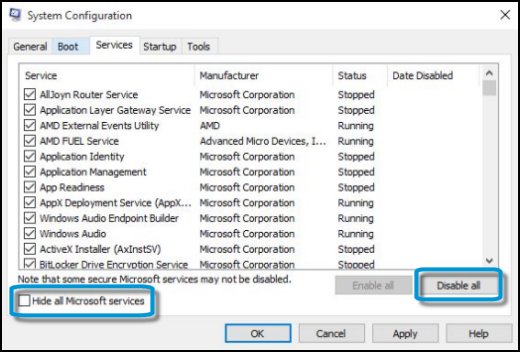
Manipulating the services on a Windows machine requires a little bit of knowledge and research because we don’t want to disable Microsoft services that the computer may need. To disable services at the startup, go to the search bar menu at the bottom left and type “msconfig” and hit enter. As soon as the System Configuration window opens, you need to go to the Services tab, and you will see a list of services running in your machine. Be careful before disabling because the list mixes up Windows services with other services and we don’t want to accidentally disable a service that the computer needs. Head down at the bottom left of the of the System Configuration window and tick “ Hide all Microsoft Services”. By checking that feature, you will be prevented from disabling Microsoft services and damaging your system. Getting back to the now filtered list, a service that for example, I would disable is the Google Chrome Update Service. Reboot the computer. A better way to disable a service is to go to the Services tab and change the service from Automatic to Manual. By changing the service from Automatic to Manual, you will tell the computer not to start the service at the startup but only to start when it’s needed.
4- SCAN YOUR COMPUTER FOR VIRUSES
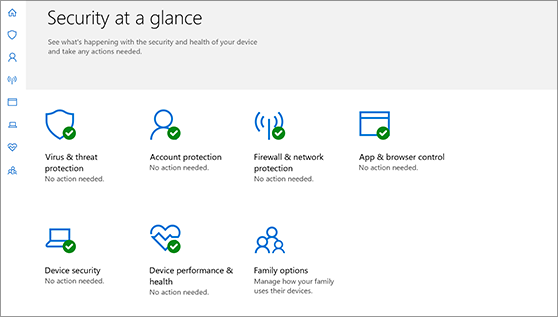
Another reason why the computer may run slow is because of a virus. Viruses are programs that take many resources from your computer besides the implicit danger that they can steal users’ data. You can use any type of antivirus you are comfortable with but please do not run an expired antivirus. An expired antivirus can slow down your computer like having a virus and can expose your computer to malware. I personally prefer to run scans with Windows Defender because since the introduction of Windows 10, Microsoft has really boosted Windows defense by creating Windows Defender. In addition to Windows Defender I recommend a light antimalware program, Malware Bytes which can protect your computer from ransomware and your browser with the Malware Bytes Browser Guard plugin for Chrome, Firefox and Microsoft Edge. To run a scan with Windows Defender, go down with your mouse to the bottom right corner and find the shield icon. After you have found the Virus and Threat Protection select Full Scan and let the utility scan for infections on your computer. If a virus is found, follow the instructions on how to remove it and after you have rebooted the computer, the computer may run faster (depending on the virus, though).
5- RUN WINDOWS UPDATES
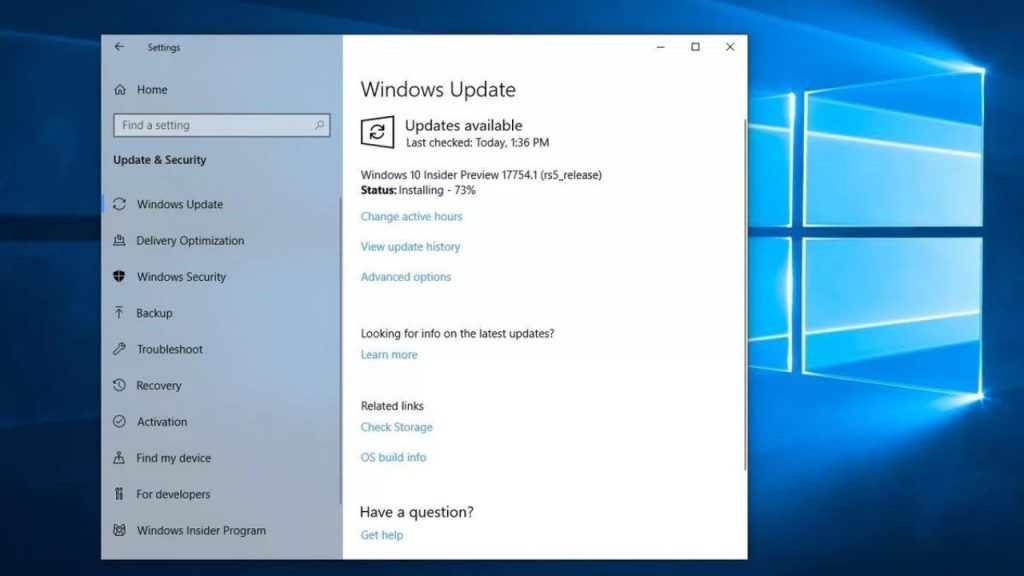
Gone are the times in which Windows 7 updates were making more harm than good. I still remember when in 2015, computers became slower rather than faster with updates installed on Windows 7. As Microsoft is emulating Apple systems with its interface similar to the IOS, Windows will gain extra speed if it is updated frequently. Similarly to Apple updates that are meant to remove system files and replace them with newer files that can make the computer slightly faster, Windows updates will overwrite the existing files with newer files that can give more speed to your machine. As a general rule, on Windows the updates will get downloaded and installed automatically, but if you want to run them manually, just type “Updates” in the search bar at the bottom left of the desktop and the Windows update window will be displayed. Click on Check for Updates and let Windows update run. Reboot the computer after the updates are installed.
BOTTOM LINE
Before reading this article, you probably haven’t though that there are ways to improve the speed of your computer. You may even assume that there isn’t much you can do to increase the performance of your Windows 10. Fortunately, there are a number of things that you can do to make your computer faster. These changes are small but add up over time and make browsing the Internet, opening documents, and general usage of your PC much smoother and faster. You won’t have to spend hours tweaking hidden settings or buying expensive software. With my tips, you can improve your computer speed almost immediately.